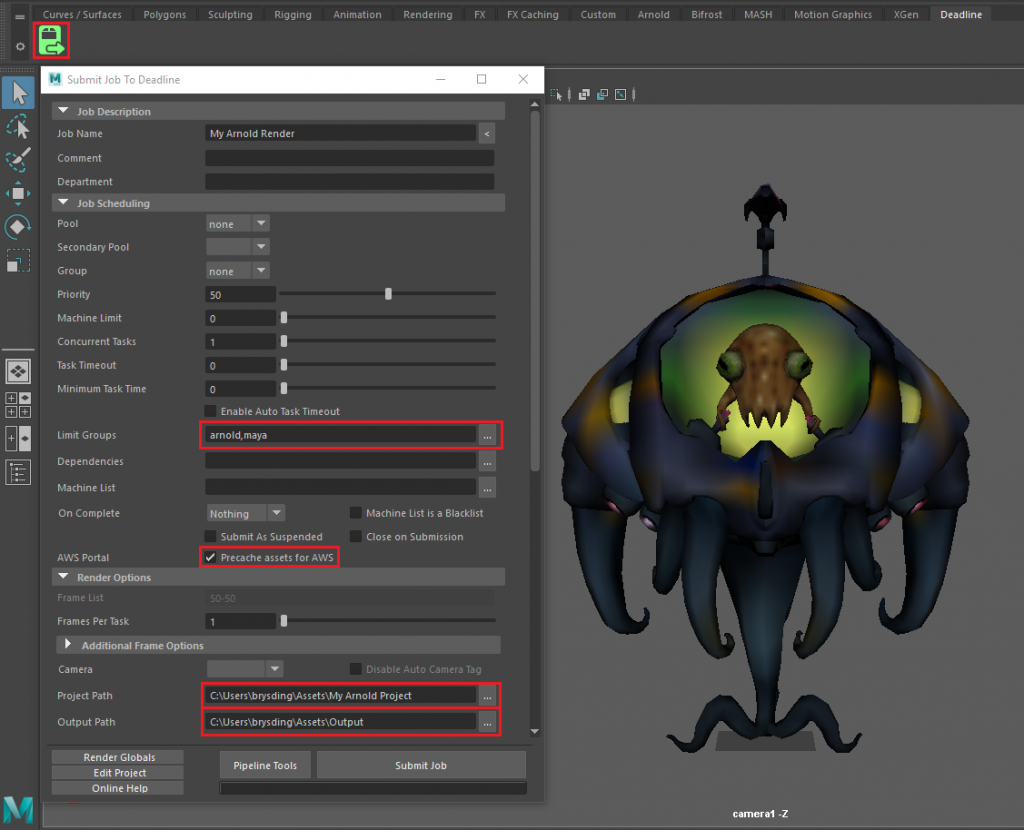AWS for M&E Blog
Tag: vfx
eBook | Accelerate your media workflows using AWS solutions
Today’s media and entertainment (M&E) audiences want to access content anywhere at any time. They want choice regarding the format and on what device they consume media. And they expect personalization—to see only the content and advertisements that are most relevant to them. This eBook examines the one-click deployment solutions available from Amazon Web Services […]
New from compute blog: Building a GPU workstation for visual effects with AWS
In this post from the Compute Blog, learn how to build a GPU VFX workstation to take advantage of the elasticity, scalability, and cost effectiveness of the AWS Cloud: Read the full how-to guide here.
New from the Compute Blog: Building a GPU workstation for visual effects with AWS
The elasticity, scalability, and cost effectiveness of the cloud value proposition is attractive to media customers. One of the key design patterns in media and entertainment (M&E) workloads is using the cloud as a content lake and bringing the underlying processes closer without having to synchronize data. In this high-end graphics visualization business, a pixel-perfect, […]
Deploying a 4x4K, GPU-backed Linux desktop instance on AWS | AWS Compute Blog
Check out this post on our Compute Blog which is great for creators doing VFX and Rendering workloads on AWS: Deploying a 4x4K, GPU-backed Linux desktop instance on AWS | AWS Compute Blog
Rendering with AWS portal in Thinkbox deadline
Post by Bryson Ding, AWS INTRODUCTION The new AWS Portal feature in Deadline 10 supports many content creation applications, including Autodesk Maya and Autodesk Arnold. This feature allows you to use the distributed computing power of Amazon EC2 Spot Instances to optimize your Maya/Arnold workflow, and in this post, we will outline the necessary steps […]
Utilizing dynamic licensing in Thinkbox Deadline (Version Deadline 10 or later)
Guest post by Ryan Russell, Manager, Software Development, AWS Thinkbox INTRODUCTION Prior to Thinkbox Deadline 10, a render node could be configured to use either Usage Based Licensing (UBL) or traditional floating licenses. While this gave you full control over how your render nodes were licensed, it wasn’t exactly the most flexible system when you […]





